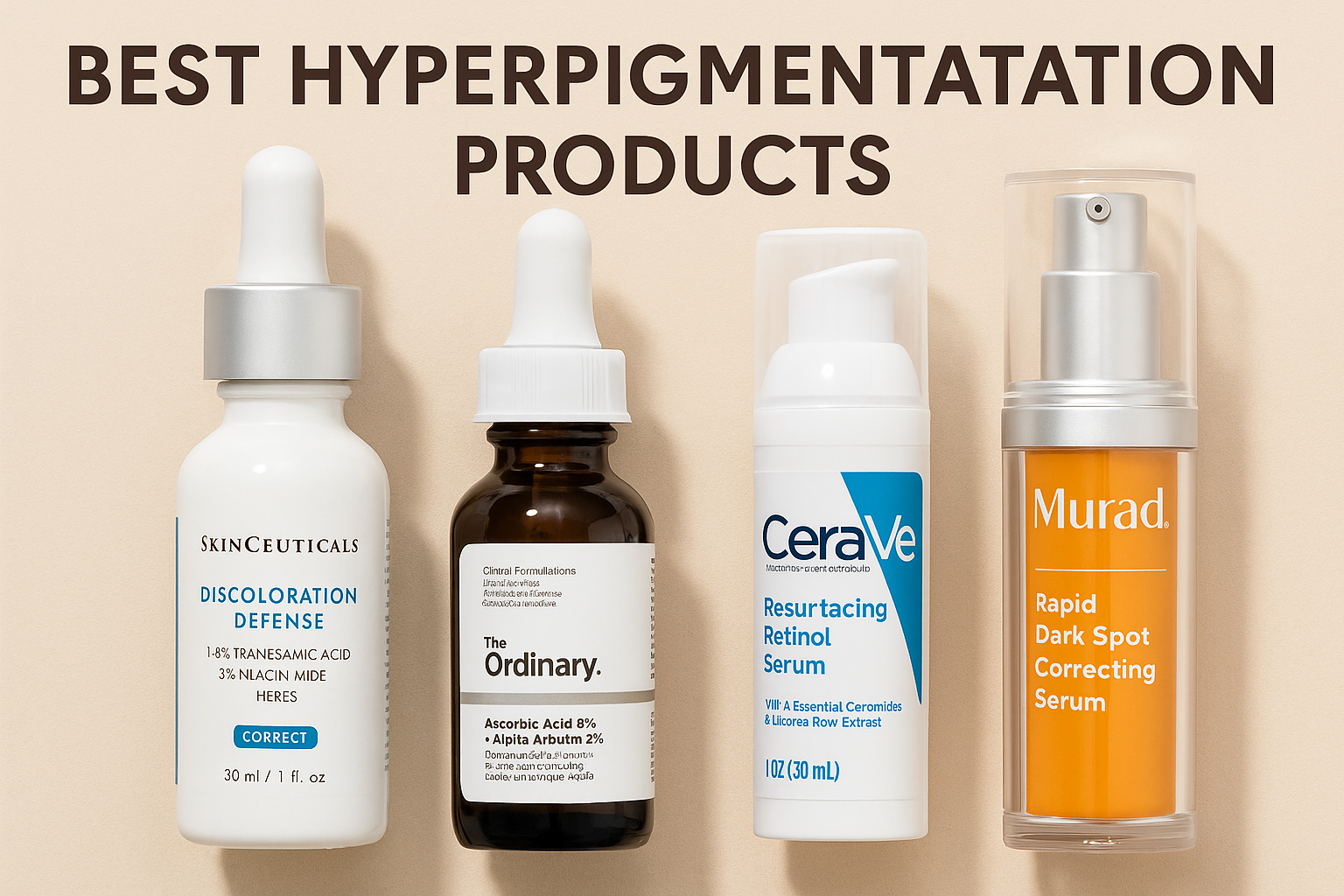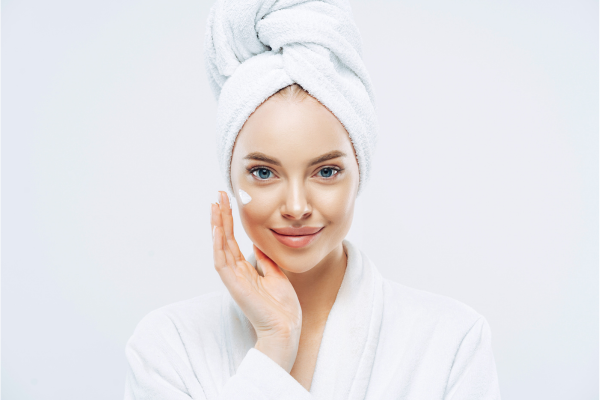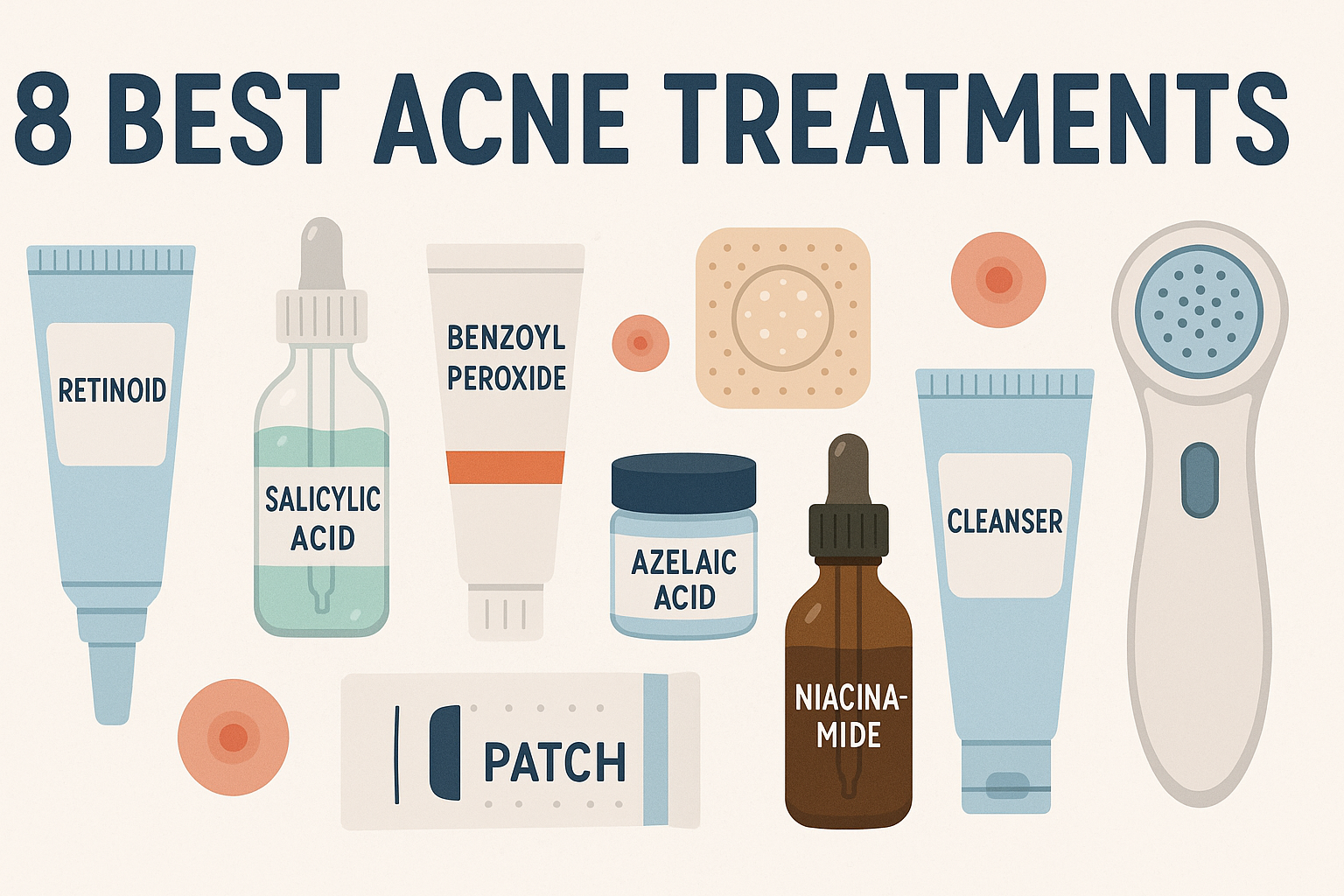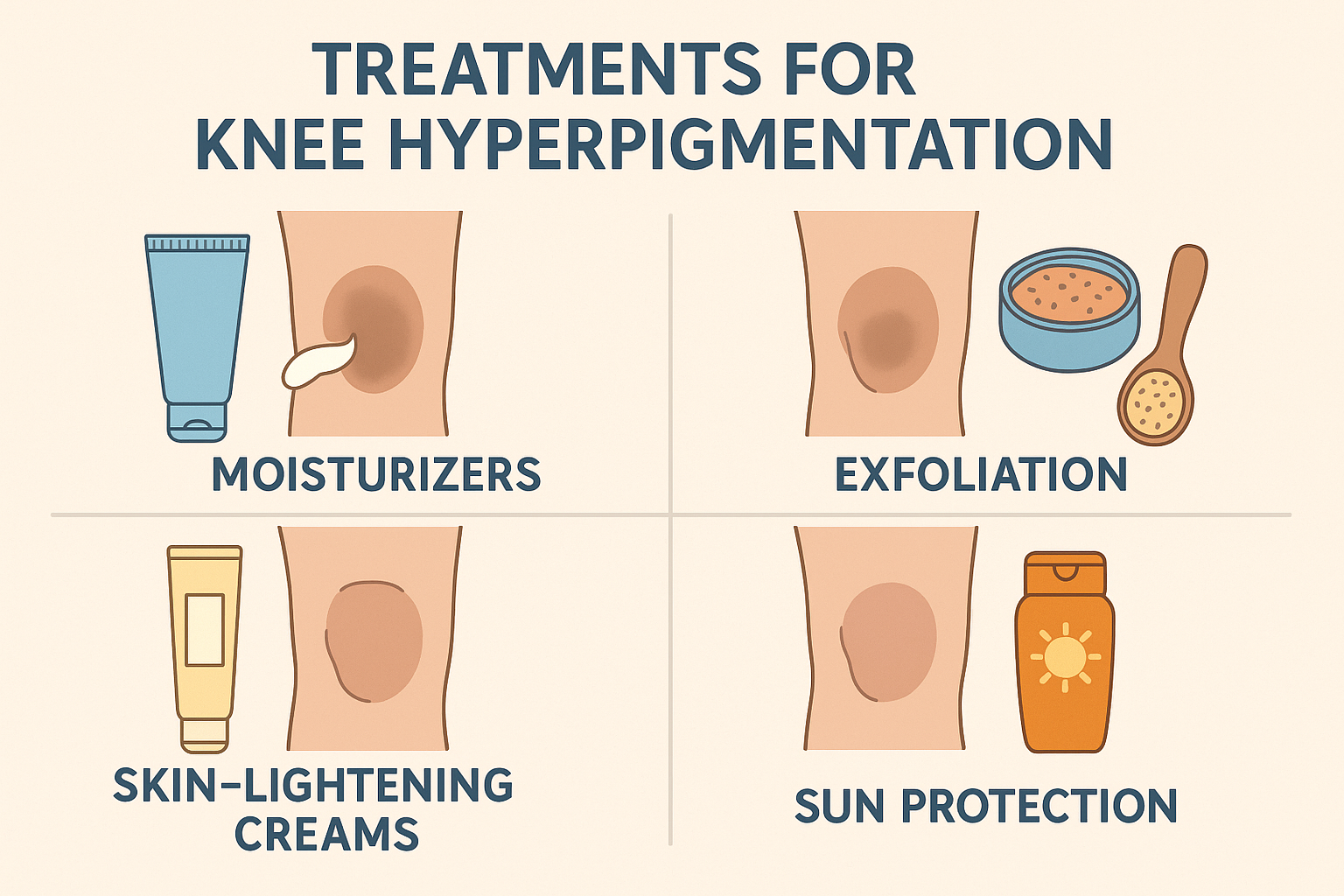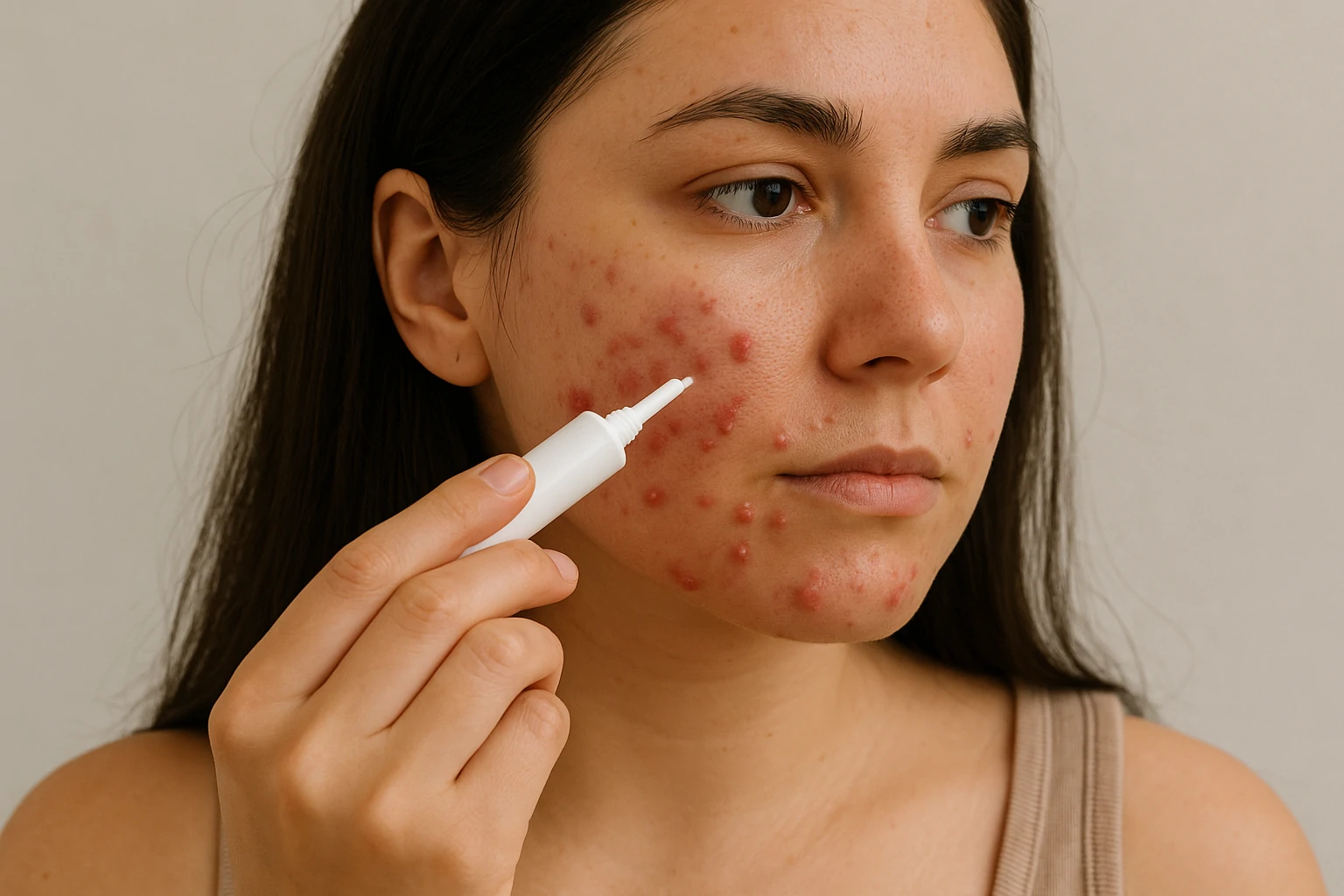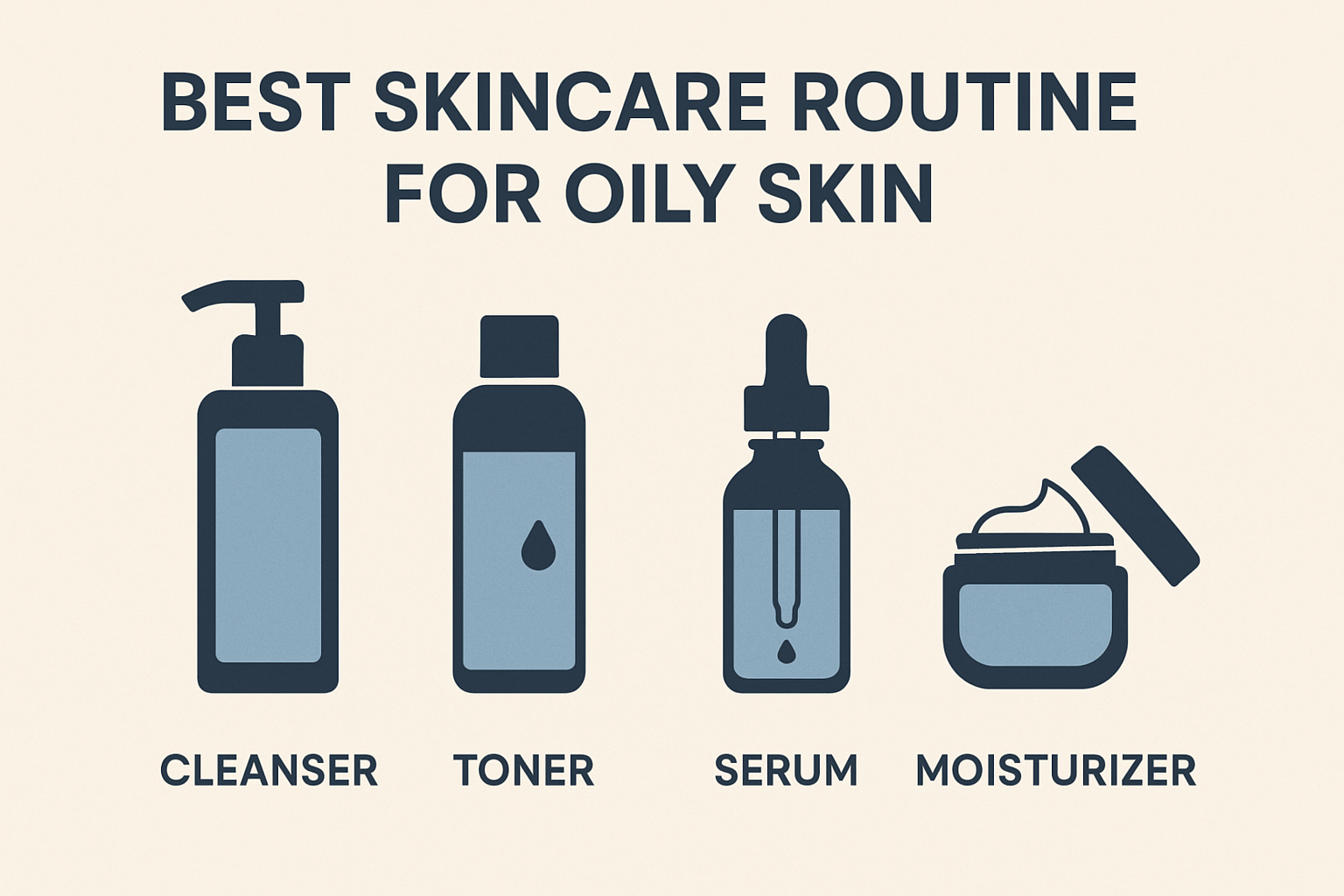Stress Acne: Causes, Symptoms, and Effective Treatments
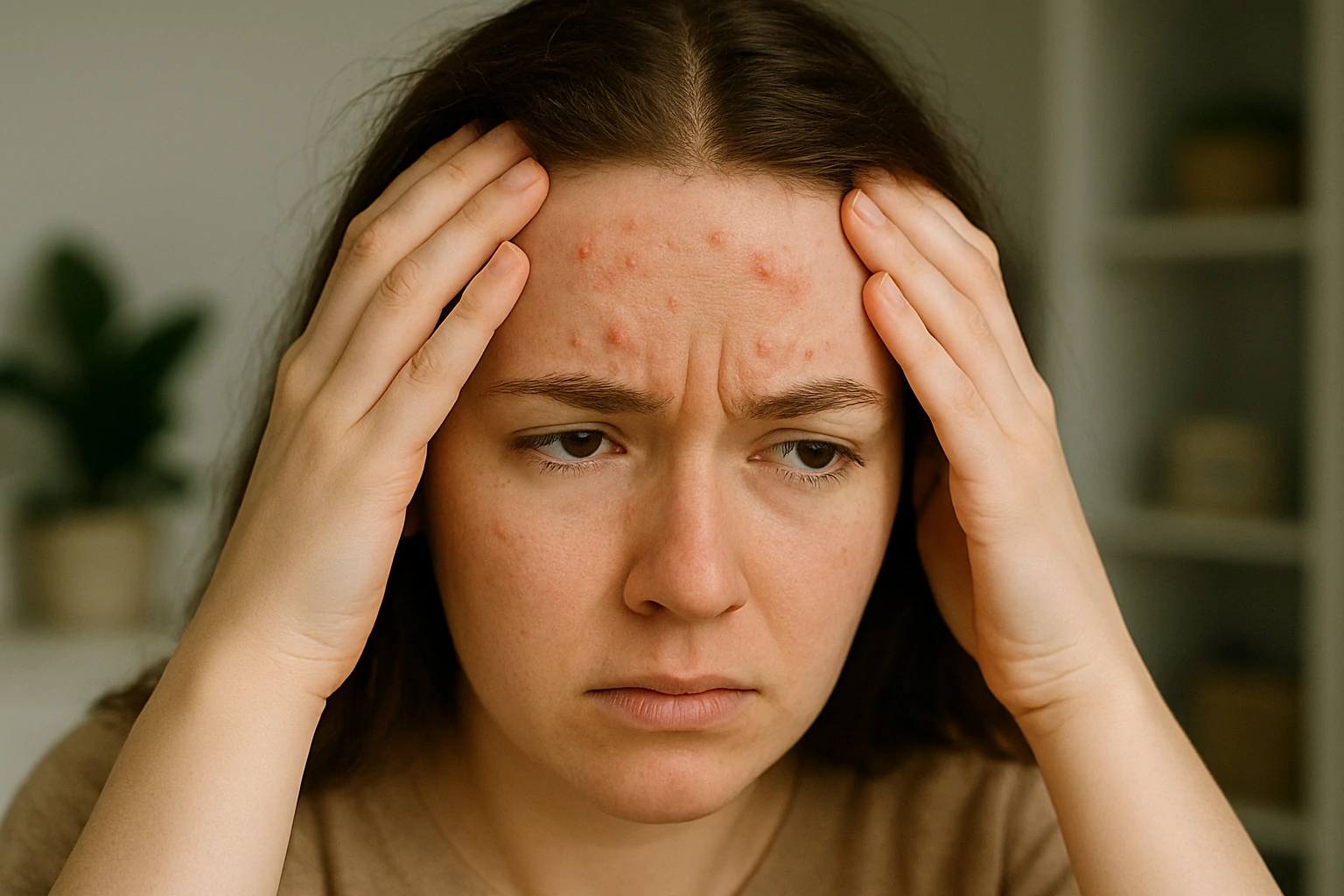
Acne can strike at any age—but if your breakouts tend to flare up right before a big meeting or life event, stress could be the trigger. This phenomenon is known as stress acne: breakouts caused by psychological pressure rather than hormones alone.
When we’re stressed, our bodies release cortisol, a hormone that stimulates oil production in the skin. This can clog pores and lead to inflammation, especially in the T-zone (forehead, nose, and chin). Unlike regular hormonal acne, stress-related acne often appears suddenly and is linked to emotional highs and lows.
This article explores the root causes of stress acne, how to recognize it, and the most effective treatments according to dermatologists. Whether you’re just starting skincare or looking to understand your breakouts better, this guide will help you take control of your skin health—stress and all.
What Is Stress Acne & Why Does It Happen?
Stress acne is a type of breakout triggered by emotional or mental strain. When you’re under pressure, your body produces extra cortisol, which tells your sebaceous glands to make more oil. The excess oil, combined with dead skin cells, leads to clogged pores and acne—often in the form of small inflamed bumps or pimples.
Dermatologists note that stress acne typically appears in the T-zone and may include redness, itching, and mild swelling. It differs from hormonal acne, which is usually deeper, more painful, and located around the jawline or chin—often related to menstrual cycles, pregnancy, or PCOS.[1Elsaie ML. Hormonal treatment of acne vulgaris: an update. Clin Cosmet Investig Dermatol. 2016;9:241‐248. doi:10.2147/CCID.S114830.]
Unlike hormonal or bacterial acne, stress acne is situational, meaning it flares up during periods of emotional pressure, like exams, deadlines, or relationship stress.[2Shadi Zari, Dana Alrahmani. The association between stress and acne among female medical students in Jeddah, Saudi Arabia. National Institutes of Health (NIH), 2017 Dec 5;10:503–506. doi: 10.2147/CCID.S148499.] Knowing the difference is key to choosing the right treatment and skincare routine.
Main Causes & How to Prevent Stress-Triggered Breakouts
Stress is the main cause of stress acne—but it’s not just about “feeling overwhelmed.” High cortisol levels can disrupt multiple systems in your body, including your skin. The hormone overstimulates oil glands, leading to clogged pores and breakouts.
A French study found that over 40% of adult women experience post-teen acne, with half linking it to stress. Emotional strain, whether from work, school, or relationships, often triggers these breakouts.[3Zeichner JA, Baldwin HE, Cook-Bolden FE, Eichenfield LF, Fallon-Friedlander S, Rodriguez DA. Emerging Issues in adult female acne. J Clin Aesthet Dermatol. 2017;10(1):37-46.]
To prevent stress acne, it’s important to manage your stress levels alongside good skincare habits. Practices like regular exercise, mindfulness, and balanced sleep can help regulate cortisol naturally. Avoid picking or over-washing your face, and stick to non-comedogenic products to reduce your risk of irritation.
Remember: a calm mind can lead to clearer skin.
How to Recognize the Signs of Stress Acne
Stress acne often shows up in oily areas—especially the forehead, nose, and chin. Common symptoms include:
- Whiteheads and blackheads
- Small red bumps (papules)
- Pus-filled pimples (pustules)
- Mild to moderate inflammation
- Occasional itching or sensitivity
Dermatologists point out that stress acne tends to appear suddenly, often during emotionally intense periods. You might also notice other stress-related signs like dull skin, hair loss, or trouble sleeping.
Unlike hormonal acne, which is cyclical and deeper, stress acne is more superficial and triggered by your current emotional state. Recognizing the patterns helps you respond quickly and adjust your skincare or stress management habits before it worsens.
Best Treatments for Stress-Related Acne
Treating stress acne starts with gentle yet effective skincare. For mild breakouts, try spot treatments with salicylic acid or retinoids to reduce oil and speed up skin renewal. Trusted products include Murad Rapid Relief Acne Spot Treatment or Peach Slices Acne Spot Dots—both designed to reduce swelling and stop you from picking.
For more severe acne, like painful cysts under the skin, home treatment may not be enough. Dermatologists may recommend a low-dose corticosteroid injection to quickly reduce inflammation. If you can’t see a doctor right away, try using a warm compress to relieve pain temporarily.
Also, check your skincare routine: avoid harsh ingredients, and opt for products suited to your skin type. If stress acne keeps recurring, consult a skin specialist. They can help you balance your skincare with hormonal or emotional support, ensuring your approach is truly holistic.
How to Manage Stress to Prevent Breakouts
Since stress is a key trigger for stress acne, the most effective strategy is to manage it from the source. A holistic approach is often recommended. Natural supplements like ashwagandha, an adaptogen, are shown to lower cortisol, improve sleep, and balance the body’s stress response over time.
In daily life, simple habits can help keep stress in check:
- Deep breathing or guided meditation
- Light exercise like walking
- Aromatherapy or using a stress ball
- Pet interaction for emotional support
- Magnesium supplements for nerve and muscle relaxation
Not all methods work for everyone. Try a few to see what fits your lifestyle and personality. Most importantly, be kind to yourself—putting pressure on “not being stressed” can actually increase anxiety. The goal isn’t perfection but progress. And clearer skin often starts with a calmer mind.
Stress Acne vs Other Types of Acne
Acne isn’t one-size-fits-all. Stress acne usually appears suddenly in oily areas like the forehead, nose, and chin. It’s often red, itchy, or inflamed—and directly linked to emotional stress that spikes cortisol levels.
In contrast, hormonal acne follows cycles—often flaring before periods or due to PCOS. It usually shows up on the jawline and chin as deep, painful cysts.
Bacterial acne is caused by excess bacteria in clogged pores, while mechanical acne (acne mechanica) comes from friction—like wearing masks or helmets.
According to dermatologists, observing the pattern, location, and timing of your breakouts is key to proper diagnosis. Knowing what you’re dealing with helps you choose the most effective skincare, treatment, or even lifestyle changes.
Psychological Effects of Stress Acne
Stress acne isn’t just skin deep—it can deeply affect mental health. Many adults report feeling self-conscious, embarrassed, or anxious when breakouts hit—especially during already stressful times.
Dermatologists warn that stress and acne can create a negative feedback loop: stress causes acne, and acne worsens stress. Over time, this can lower self-esteem, reduce social confidence, or even trigger symptoms of mild depression.
Some people avoid social situations or hide behind makeup, masks, or virtual filters. It’s more than cosmetic—it’s emotional.
That’s why treating stress acne should go beyond skincare. Emotional support, self-compassion, and sometimes even therapy may be part of recovery. Healing the skin also means healing the mind.
Best Natural Ingredients for Stress Acne Relief
Prefer a gentle, plant-based solution? Several natural ingredients have been proven to soothe irritated skin and reduce stress-related breakouts:
- Tea Tree Oil: Antibacterial, reduces acne-causing bacteria
- Aloe Vera: Cools irritation and speeds up healing
- Green Tea Extract: Rich in antioxidants, helps control oil
- Raw Honey: Naturally antimicrobial and calming
- Witch Hazel: Astringent that tightens pores and reduces oil
Dermatologists recommend patch testing any natural remedy—especially if your skin is sensitive. Just because it’s natural doesn’t mean it’s risk-free. Still, for many, these ingredients offer an effective and gentler way to calm inflammation and support healing alongside medical treatments.
Final Thoughts
Stress acne is a common but often misunderstood condition. Triggered by rising cortisol levels, it leads to oily skin, clogged pores, and inflamed breakouts—typically in the T-zone. Though it may resemble other types of acne, its timing and emotional link set it apart.
Identifying the underlying cause—whether it’s hormonal, bacterial, mechanical, or stress-induced—is essential for choosing the right treatment. A holistic routine that blends smart skincare, stress management, and lifestyle adjustments is often most effective.
Don’t overlook the emotional toll. Chronic breakouts can chip away at your confidence, reinforcing the stress that started it all. But you can break the cycle.
With patience, the right products, and daily habits that support your skin and your mind, stress acne can be managed—and even prevented. Listen to your skin. It often reflects what’s happening inside.






 Acne
Acne Anti-Aging
Anti-Aging Business
Business Digital Marketing
Digital Marketing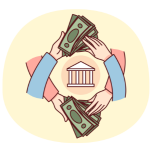 Economics
Economics Movies
Movies Personal Finance
Personal Finance Websites
Websites
